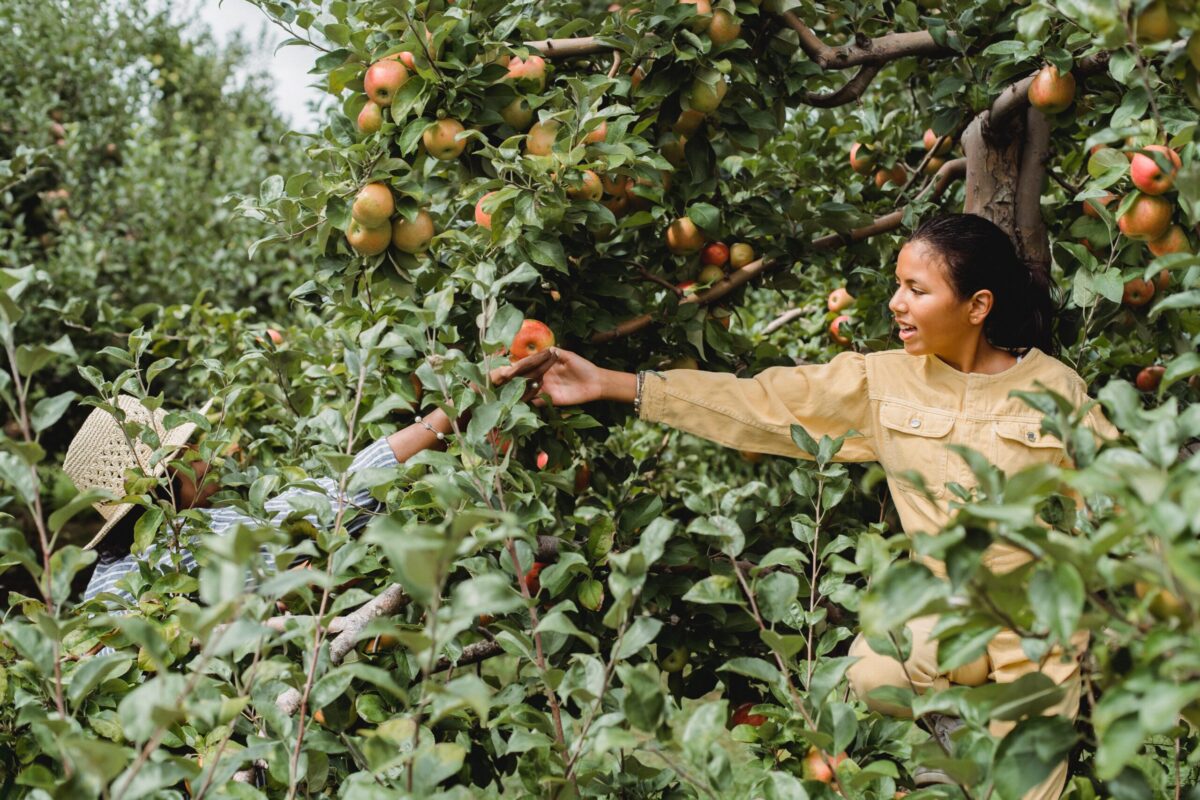Spring Writing Tips: Gardening Edition
Spring has officially sprung—which means it’s time to gather your shovels, shears, and soil! Sprinkle some seeds, water each day, and watch them grow.
Just like your garden, your writing craft requires attention to detail and consistent, intentional care. Moreover, like gardening, as you’re developing your craft, you might find yourself stuck and in need of some tips. We’ve combined these two practices to bring you Spring Writing Tips: Gardening Edition.
Soil and Seeds: Form (Foundation)
Successful gardening requires a strong foundation: high-quality seeds and soil. Similarly, when writing poetry, form creates an important basis for telling a story or conveying an emotion. Depending on the plant, you might need to garden using a specific type of soil, just like choosing the ideal literary structure allows your poem’s theme to shine through. From haiku to ode to free verse, studying poetic forms can help you hone your identity and unique voice as a writer.
- Writing Prompt: As an exercise, write a poem about planting seeds in healthy, rich soil, focusing on structure and providing the right condition for your poem to flourish. Write an ode to soil and seeds, for example. Ask yourself: Why do I appreciate these natural elements? Which emotions do I associate with them? How might soil and seeds mirror experiences in my own life?
Stems and Leaves: Rhythm (Movement)
In your garden, as stems and leaves grow, they move toward the sun and sway in the wind. Movement is an important element in poetry, too. Incorporating rhythm into a poem makes your writing more dynamic, adding a lyrical dimension that brings your poetry to life. Create sound and a sense of movement and rhythm in a poem by employing literary devices such as alliteration, assonance, and onomatopoeia, for example.
- Writing Prompt: Explore stems and/or leaves in a poem, using one of these literary devices in your piece. If you choose alliteration, brainstorm words starting with st and l—preferably ones that communicate movement. Can you find a deeper meaning in these seemingly mundane parts of a plant? How might a plant’s movement and growth behavior relate to a moment in your life?
Blooms and Fruits: Imagery (Visual)
The most visually appealing part of a plant is undoubtedly the blooms and fruit (or veggies!). These elements are so eye-catching that they attract pollinators and wildlife—just like how rich imagery in a poem can capture and sustain a reader’s attention. Think of imagery as creating a scene, using words to paint a detailed, vivid picture. Transport a reader to your poem’s time and place by implementing all five senses, focusing on creative word choice.
- Writing Prompt: Write a poem about blooms or fruits and veggies in your garden. Jot down words that come to mind when depicting the plant. Describe the subject’s color, smell, and taste, for example. Also, consider why you feel emotionally connected to this specific plant. As inspiration for your poem’s theme or message, research the plant’s symbolism and history.
As you’re tending your garden this spring, reference these writing tips and exercises to inspire your creativity. Happy gardening, and happy writing!




